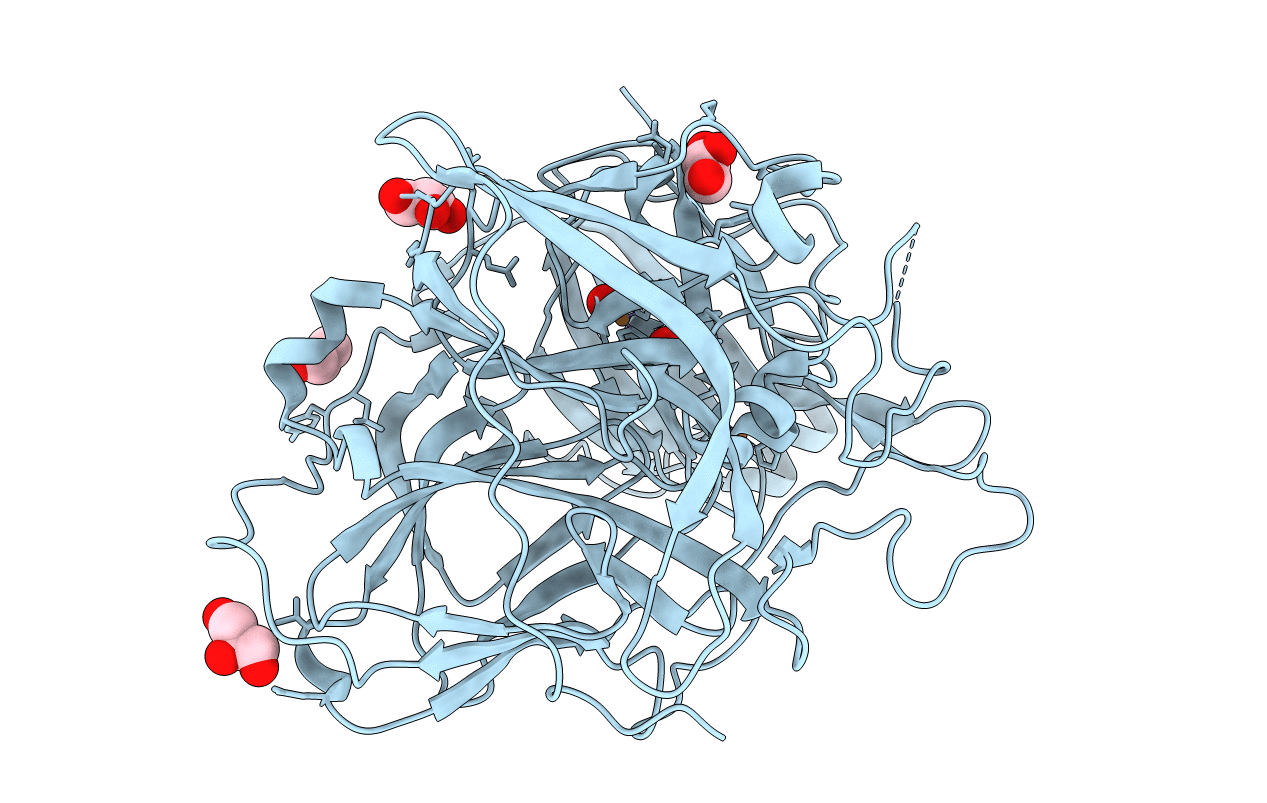
Deposition Date
2002-01-08
Release Date
2003-05-21
Last Version Date
2024-11-13
Entry Detail
PDB ID:
1GSK
Keywords:
Title:
Crystal structure of CotA, an endospore coat protein from Bacillus subtilis
Biological Source:
Source Organism:
BACILLUS SUBTILIS (Taxon ID: 1423)
Host Organism:
Method Details:
Experimental Method:
Resolution:
1.70 Å
R-Value Free:
0.19
R-Value Work:
0.17
R-Value Observed:
0.17
Space Group:
P 31 2 1


